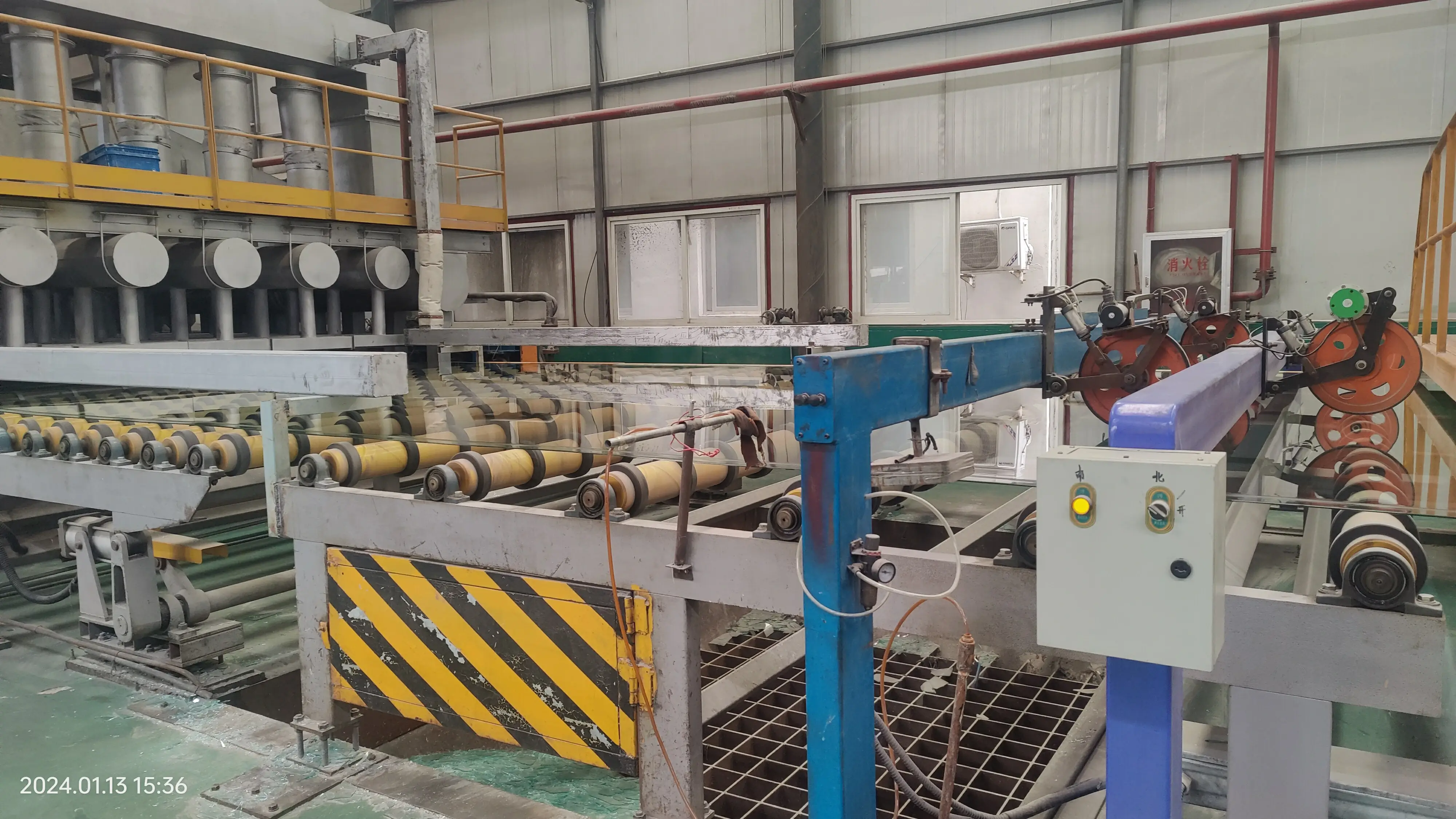

Exploring One-Way Reflective Glass A Window to Privacy and Clarity
In an era where privacy and aesthetics are paramount in architectural design and interior decoration, one-way reflective glass has emerged as a game-changing solution. Known for its unique properties that combine reflective capabilities with transparency, this glass serves multiple purposes in both residential and commercial applications. This article will delve into the characteristics, applications, advantages, and considerations associated with one-way reflective glass.
Understanding One-Way Reflective Glass
One-way reflective glass, often referred to as mirror glass or privacy glass, is designed with a highly reflective coating on one side. This coating allows the glass to reflect light while still permitting visibility from one side to the other—typically, the side with less light will see through to the more illuminated side. The effect is most pronounced during the day; when the sun shines on the exterior side, occupants inside can see out without being seen from outside.
The technology behind one-way reflective glass works on the principle of light polarization. The reflective coating can be made from various materials, such as metallic films or ceramic paint, applied during the manufacturing process. The level of reflectivity can vary, leading to different designs that cater to specific aesthetic and functional needs.
Applications of One-Way Reflective Glass
One-way reflective glass finds a multitude of applications across different sectors
1. Architectural Design In modern architecture, this type of glass is commonly used in buildings to provide a sleek exterior while maximizing natural light and offering unobtrusive views for inhabitants. It is especially popular in skyscrapers and commercial buildings, where privacy and energy efficiency are crucial.
2. Residential Settings Homeowners often opt for this glass in bathrooms, bedrooms, and living rooms to enhance privacy without sacrificing views. It can be applied in windows, doors, and even glass partitions.
3. Automotive Industry One-way reflective films are used in vehicles to increase privacy and security for passengers while reducing glare from sunlight.
4. Retail Spaces Storefronts can employ one-way reflective glass to allow businesses to display their merchandise without letting passersby see inside the store, making it an effective tool for marketing.
5. Security and Surveillance In sensitive environments such as banks and hotels, this glass is used to create a secure atmosphere where occupants can monitor activity outside without being observed.
Advantages of One-Way Reflective Glass

The advantages of one-way reflective glass are substantial
- Enhanced Privacy This glass allows occupants to enjoy their space without the fear of being watched, making it ideal for both residential and commercial applications.
- Aesthetic Appeal The sleek, modern look of reflective glass enhances the visual appeal of buildings, offering a contemporary edge that is highly sought after in architecture.
- Energy Efficiency Reflective properties can help reduce heat gain in buildings, leading to lower energy consumption for air conditioning and thus promoting sustainability.
- UV Protection Many one-way reflective glasses come with UV filtering capabilities, protecting interiors from sun damage and fading.
Considerations When Using One-Way Reflective Glass
While there are numerous benefits, certain considerations should be kept in mind when using one-way reflective glass
- Day/Night Visibility During nighttime, when internal lights are on, the effect of the glass reverses; illuminated interiors can be seen from outside. To counter this, external window treatments may be necessary.
- Installation and Maintenance Like any architectural feature, proper installation is critical to maximize the benefits. Regular maintenance is also required to ensure the coating remains intact and functional.
- Regulatory Constraints In some areas, building codes may restrict the use of reflective glass due to concerns about glare affecting drivers and pedestrians. Always consult local regulations before installation.
Conclusion
One-way reflective glass stands at the intersection of utility and design, providing an innovative solution for privacy, aesthetic appeal, and energy efficiency. As we continue to seek solutions that marry functionality with style, this versatile material will undoubtedly remain a staple in both architectural and interior design. Whether for a modern skyscraper, a cozy residence, or a bustling retail space, one-way reflective glass offers a unique way to enhance our environments while maintaining a sense of personal space.